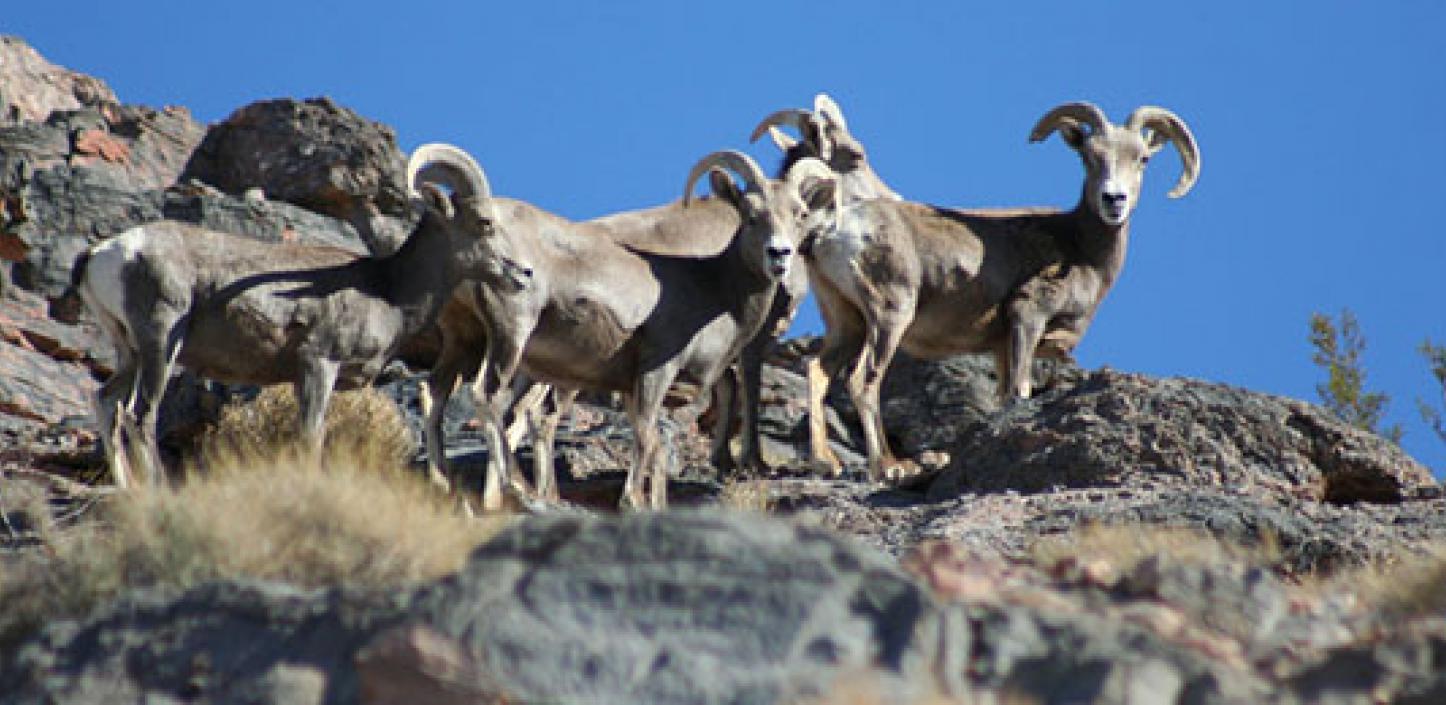
Working for Wildlife
The Initiative will take advantage of timely opportunities to maintain and restore habitat connectivity between the Cascade Mountains and Kettle River Range in Washington for Canada lynx, Columbian sharp-tailed grouse, and mule deer.
Partner
The Okanogan Valley has long been an important home and migration pathway for both people and wildlife. Bordered to the north by Canada, to the west by the Cascade Mountains, to the east by the Okanogan Highlands and beyond that, the Kettle River Range.
This broad open valley of sagebrush grassland and Ponderosa pine forest is known for its special qualities: sparkling rivers and lakes, rocky outcrops and highlands rising above the valley floor, productive agricultural lands, and a wide diversity of wildlife and habitat. Generations have cherished the land and sustained themselves on what it offered. Semi-nomadic First Peoples maintained camps in the valley through the winter, following the seasons, moving from place to place to hunt, fish and harvest food and cultural plants. The descendants of these aboriginal residents remain and continue their traditional and treaty-protected uses of the landscape.
Wildlife in the region remains abundant. Mule deer migrate annually from the valleys to higher elevations in the warmer seasons. The healthiest lynx population in the continental United States is anchored in the high country of the Okanogan. Cougar, elk and bighorn sheep are stable or increasing in numbers. One of the state’s only populations of sharp-tailed grouse moves within the arid lands of the Tunk Valley to find food, mates and shelter. This wildlife diversity exists in harmony with the county’s rural agricultural character. Orchards, farms, ranches and sawmills are at the heart of the Okanogan economy and culture. Rivers and other natural obstacles to wildlife movement have always existed, but the additional effects of human development are raising concern. Continuing expansion of development into rural areas is fragmenting habitat, reducing agricultural production and diminishing the rural lifestyle of the Okanogan Valley. The resulting increase in traffic along Highway 97 has increased the risk to public safety from vehicle collisions with wildlife while making it more difficult for wildlife to safely move. An average 350 deer are killed each year by vehicle collisions along the 11.7 mile stretch of Highway 97 north and south of Riverside, Washington with an average societal cost of over $7,000 per collision. The spread of invasive plant species and a legacy of fire suppression efforts have caused forest health problems that directly impact habitat function.
The Working for Wildlife Initiative brings together partners to take advantage of timely opportunities to maintain and restore habitat connectivity between the Cascade Mountains and Kettle River Range for Canada lynx, Columbian sharp-tailed grouse, and mule deer. By 2020 we aim to conserve existing habitat values on tens of thousands of acres of private land, construct three wildlife underpasses on Highway 97 to facilitate safer passage, restore habitat quality and resiliency on 20,000 acres, augment the local population of Columbian sharp-tailed grouse, lay the groundwork for recovery of Canada lynx in the Kettle River Range, and establish programs and relationships to increase the community’s tools and pride in co-existing with wildlife so this work will continue over time.
Strategies within this plan fall into six coordinated and complementary categories:Lands conservation;Habitat restoration;Safe Passage on Highway 97;Capacity, Outreach, Incentives;Species-specific management strategies; andPlanning, Research, Monitoring.
All of these strategies are supported by a science-based decision support tool and rigorous monitoring and communication plans to ensure that our actions are strategic and advance us toward our goal to measurably maintain and improve the ability for wildlife to move across this landscape.
